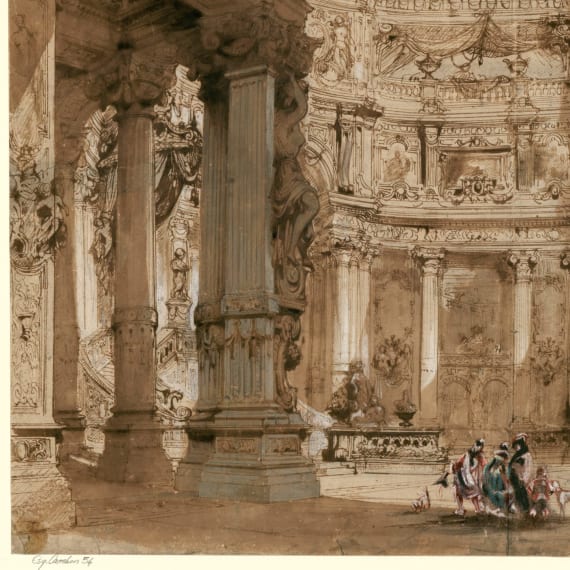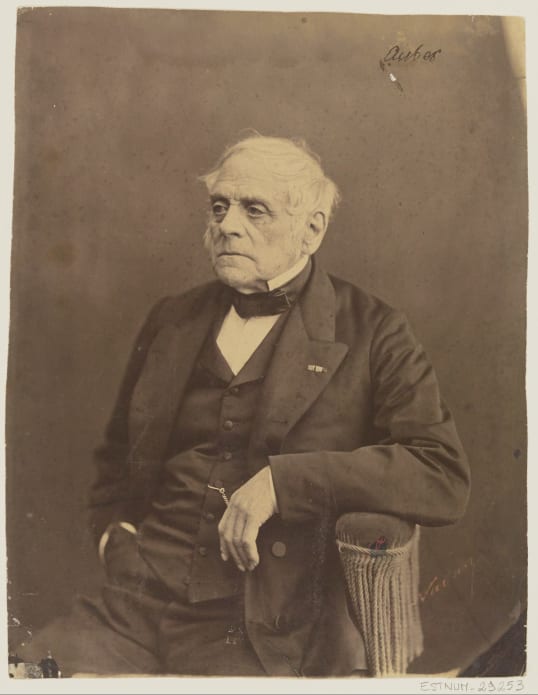Prices
Show / Event
Venue
Experience
No result. Clear filters or select a larger calendar range.
No show today.
© BnF

II. Revolution on the march
Opera did not undergo, in a formal sense, any significant upheavals during the events of 1789 as major reforms had already been carried out by Gluck between 1770 and 1780.
After La Terreur and the revolutionary wars, a new-found internal stability permitted new developments in opera culminating in the emergence of grand opera at the end of the 1820s. In 1826, Rossini’s Siege of Corinth had already tackled, in a thinly disguised manner, a subject apt to arouse patriotic fervour: the siege of Missolonghi by the Turks during the Greek War of Independence (1821-1829).
However, the first “real” example of grand opera is La Muette de Portici. First performed on 29th February 1828, Auber's work was followed a year later by Rossini’s William Tell. After the Neapolitan revolt against Spanish domination in the middle of the 17th century, it was the struggle of the Swiss patriots against the Austrians in 14th century that provided the background for the work. In their revolutionary subject matter, both works seem to foreshadow the events of the summer of 1830: a performance of La Muette de Portici which, with its emphasis on the “sacred love of the Fatherland”, galvanised the audience at the Théâtre de la Monnaie in Brussels and sparked off the uprising that culminated in Belgian independence in October 1830. Meyerbeer, however, was biding his time, which dawned in November 1831 with the triumphant premiere of Robert le Diable.
Grand Opera - Revolution on the march

Félix Nadar - Portrait d’Eugène Scribe, entre 1854 et 1860. Photographie positive sur papier salé ciré montée sur carton, d’après négatif sur plaque de verre. BnF, département des Estampes et de la photographie. BnF

Portrait de Daniel-François-Esprit Auber, entre 1854 et 1870. Photographie positive sur papier albuminé, d’après négatif sur plaque de verre. BnF, département des Estampes et de la photographie.BnF

Louis Maleuvre - Costume de Mademoiselle Noblet, rôle de Fenella dans La Muette de Portici de Daniel-François-Esprit Auber, 1828. Eau-forte en couleurs. BnF, département de la Musique, Bibliothèque-musée de l’Opéra.BnF













